|
Thank you to everybody who came along to the two tours of Stanmore's modernist homes on Saturday, it was great to see so many of you. As promised here are the full notes of the tour plus all the interesting photos mentioned. Metroland Metro-Land was created by the extension of the Metropolitan Railway out of London and into Middlesex and the home counties. Land leftover from the construction of the new line was used for speculative housing, and formerly sleepy towns and villages like Wembley, Harrow, Pinner and Ruislip experienced a population boom in the first half of the 20th century. For example the population of nearby Harrow Weald went from 1,500 in 1901 to 11,000 in 1931. The default architectural style of these new leafy suburbs was Tudorbethan as seen at nearby Canons Park, a mix of traditional styles on the exterior, matched by the comforts of modernity inside. Modernism was the upcoming style of the era, spreading to Britain from Europe, and examples can be found throughout Metroland; in Ruislip with house designs by Connell, Ward & Lucas and Ealing by Welch, Lander & Day. These buildings, as well as Charles Holden’s tube stations and George Coles’ cinemas, all added art deco and international style modernism to the growing suburbs, including here in Stanmore. Stanmore Stanmore also underwent a growth spurt after the new Metropolitan Railway terminus, designed by Charles W. Clark, was built in 1932. This area we are now in was part of the Warren House estate, founded by the first Duke of Chandos. In 1922 the house was inherited by Sir John Fitzgerald, and he decided to sell parcels of the land off for the development. The company initially given the rights folded without building anything, so construction did not take place until the 1930’s. The part of the estate we will look at is the junction of two roads, Valencia Road and Kerry Avenue. Kerry Avenue Architect Gerald Lacoste was given the commission to build 6 houses on Kerry Avenue. These designs were intended to be part of larger modernist style estate, but these 6 where the extent of the plan. Lacoste had previously been assistant to architects Edwin Lutyens and Oswald Milne, and was only 27 at the time of the Kerry Avenue commissions. He had also previously designed a house for Gracie Fields in Frognal, Hampstead. His six houses share many similar features with the Valencia Rd buildings, flat roofs, rounded staircase towers, etc, but are more circumspect in appearance. The houses as a group are designed to be similar but not monotonous, using the same elements but in differing arrangements. The Kerry Ave buildings are constructed of brick, but have a mixture of exposed brick and snowcrete finishes. which is a white cement used for rendering, to give the impression of concrete. Building the houses in brick may have happened because there was a shortage of building firms who had expertise in constructing in reinforced concrete in the 1930’s. These houses were completed in 1937, and are now part of the Kerry Avenue conservation area. Valencia Road The Valencia Road section was developed by Douglas Wood Architects. Although they were granted permission for development in 1931, the houses were not built until 1935. Nos. 2-10 (even) were designed by the firm in the international style with plain rendered walls, central staircase towers and sun decks. The houses have an obvious vertical emphasis, with the staircase towers, vertical window strips and sun decks adding the bulk of the buildings, already emphasized by their position on a slope. The large windows and sun decks came from the growing awareness and fashionability of the health benefits of sunlight and sun bathing. The houses are constructed of brick, and finished in snowcrete, like the Kerry Ave houses. Nos 4&6 were built as a symmetrical pair, and have rounded tower staircases. Nos 8 and 10 are also very similar to each other, whilst not quite being identical, composed of all straight lines. No.2 is the most altered of the five houses, having originally looked like its immediate neighbour, without the tower staircase. The Valencia Road houses are also now part of the conservation area. 14 & 16 Kerry Avenue At the northern end of Kerry Avenue are two individual modernist houses, No.14 designed by RH Uren for himself in 1937, and its neighbour No.16 designed by Gerard Kauffman in 1968. No.14 is built in yellow brick in the international style similar to the other houses in the area. Uren was a New Zealand born architect, who moved to Britain in 1930. His big break was his winning design for Hornsey Town Hall in 1933. He designed a number of other buildings in Britain, including Rayners Lane Tube station (1938) and the Granada Woolwich cinema (1937). No.16 is a much later building, designed and built in 1968 by the architect Gerd Kauffman for Cherrill & Ian Scheer. Cherrill Scheer, heir to the Hille Furniture family, grew up at No.14. Like its neighbours, it is constructed of brick, with large windows to create differing light levels in each room. Kaufmann is known mainly for his suburban houses, there are examples here in Stanmore, as well as Mill Hill and Hampstead. Warren Fields Unrecognisable today, these twin apartment blocks were designed by architect and engineer Owen Williams and built in 1936. Designed in an austere fashion and built in concrete, the buildings have undergone successive refurbishments and extensions. Williams is not known for his domestic designs so it is a shame these buildings have ended up as they have. Halsbury Close Nos 1 & 2 Halsbury Close were designed by emigre architect Rudolf Frankel, who fled to Britain from Germany via Romania in 1933 No.1, built in 1938 for Frankel's sister, is made up of two brick cubes, one for a garage and one for the main house. The house features a cut away corner that opens out onto the garden. No.2, built for himself also in 1938, is a simple box form finished in render and with tile hanging on the second floor. It was apparently altered in the 1970’s to fit in with the new houses built behind it. Frankel mainly produced industrial buildings in Britain, designing factories in London and Cheshire before moving to America in 1950. Aylmer Close This close on the private Aylmer Road estate features a couple of interesting post war houses. No.1, designed by Edward Samuel in 1963, is a long low bungalow, built of brick and wood. According to Wikipedia, Stanley Kubrick wanted to use the house in A Clockwork Orange.The owner, Ernest Shelton refused, and Kubrick instead used Team 4’s Skybreak House in Radlett. Samuel, who trained under Sir Basil Spence, was known for his bungalow designs, as well as his work on the townscape in Highgate. No. 2 is a brutalist style concrete house, designed by Gerd Kaufmann in 1967, designer of No.16 Kerry Avenue, and it echoes in its design the 1930’s houses of Kerry Ave & Valencia Rd, which its circular staircase tower and flat roof. Elsewhere in Stanmore
Elsewhere around Stanmore there are plenty of interesting inter and post war houses of all styles. Cedar House, Common Lane (1938) Designed by architect and planner Max Lock for Miss M. Welsford 44 & 45 Little Common (1970) A pair of split pitched roofed houses by Harrow Borough architect J. Redman. Tremar, Green Lane (1935) by A.L. Abbott. An asymmetrical Art Deco style house. Eden Lodge, Stanmore Hill (1935) by H. Hobson Hill. A colonial style house, with dutch gables and green tiled roof, similar in design to No.116 opposite. 51 Dennis Lane (1936) Also known as the Garden House, designed by architect, landscape designer and planner Geoffrey Jellicoe.
0 Comments
Open House London is here again this weekend, opening the doors of hundreds of buildings across London’s boroughs. Here is our annual guide to the best art deco, modernist and brutalist buildings on the programme. You can visit four estates from the Camden Architects Department under Sydney Cook. Alexandra Road (Neave Brown), Dunboyne Road (Neave Brown again), Stoneleigh Terrace (Peter Tabori) and Mansfield Road (Benson & Forsyth) are all available for visitors. There are plenty other post war estates if that's your thing. Robin Hood Gardens, Worlds End Estate, Dawson's Heights, Cressingham Gardens and Central Hill are open for viewing. Another set of post war estates on show are Berthold Lubetkin and Tectons work for Finsbury at Priory Green and Bevin Court, and their Cranbrook estate in Tower Hamlets. Erno Goldfinger only designed three schools in his career and they can all be seen this weekend, Haggerston Girls School in Hackney, Brandlehow in Wandsworth, and Greenside in Hammersmith. You can also visit Goldfinger's own house, 2 Willow Road in Hampstead, as well as his Trellick Tower in North Kensington. Two more post war schools can be seen, Acland Burghley in Tufnell Park by HKPA, which celebrates its 50th anniversary this year, and Hugh Myddleton School in Finsbury designed by Julian Sofaer. There are also a few interesting post war churches to see. St Paul's, Bow Common by Maguire and Murray, voted Britain's best post war church, St Paul's in Lorrimore Square by Woodroofe Buchanan & Coulter and St Boniface’s in Whitechapel by Donald Plaskett Marshall & Partners. If the interwar period is more your era, then there is plenty of art deco and international style modernism to see. Pullman Court in Streatham by Frederick Gibberd, the Isokon flats by Wells Coates, the Daimler Hire Garage by Wallis, Gilbert and Partners, Senate House and 55 Broadway by Charles Holden, the Peter Jones store in Sloane Square should keep you busy all weekend. There are also two tube station tours this year. The modernist Piccadilly Line stations of Charles Holden can be visited starting at Cockfosters. As can the earlier more Arts and Crafts influenced station on Northern Line Edgware extension by Stanley Heaps. Of course we think that the more interesting buildings can be found beyond Zones 1 & 2, out in the suburbs. Three great examples of post war housing are open, Langham House Close flats by Stirling & Gowan in Richmond, and the St Bernard's houses in Croydon by Swiss firm Atelier 5. As last year there are two Walter Segal streets to see, Walters Way and Segal Close will showcase his influential self build house philosophy in Lewisham. In Enfield there is the moderne QEII Stadium designed in 1939 by Frank Lee, with its distinctive drum staircase. Also designed in 1939 is the Church of the Holy Cross in Greenford by Albert Richardson. The new church is situated alongside its 15th century namesake and celebrates the 75th anniversary of its consecration this year. Another building celebrating an anniversary this year is the Rayners Lane Grosvenor Cinema (now a Zoroastrian Centre) Designed by FE Bromige and opened in 1936, this art deco wonder is worth a trip out to Harrow. Other cinemas open include Bromige’s Rio cinema in Dalston, the Phoenix in East Finchley and the former Granada Cinema in Tooting with its wondrous Theodore Komisarjevsky interior. Two suburban libraries offer an interesting contrast The post war Fullwell Cross Library by Frederick Gibberd in Barkingside and Kenton Library in Harrow, designed by the Middlesex County Council architects Curtis and Burchett.
And to finish off, once again this year we will be hosting out Modernism in Metroland walking tour of Stanmore’s Art Deco and Modernist houses on Saturday. The tours take place at 10am and 2pm and we will be exploring houses by architects like Douglas Wood, Gerald Lacoste, Owen WillIams, Reginald Uren, Gerd Kaufmann and more. For more details see HERE. If you can't wait for Open House London on the 17th & 18th September for your architectural tour fix, why not try the Essex Architectural Weekend on the 10th & 11th? There are a host of modernist and art deco buildings to see, throughout the county. The weekend will see talks, walks, film screenings and exhibitions based around the modernist estates of Silver End, Frinton-on-Sea and Bata East Tilbury. Buildings that are opening their doors include Tecton’s 64 Heath Drive, Gidea Park, the Royal Corinthian Yacht Club by Joseph Emberton, the University of Essex in Colchester, the Bishopsfield Estate in Harlow and many more. There will also be a film screening and Q&A with Jonathan Meades on Saturday at the Silver End Village Hall.
Check the full programme and book your places HERE. |
Archives
May 2024
Categories |
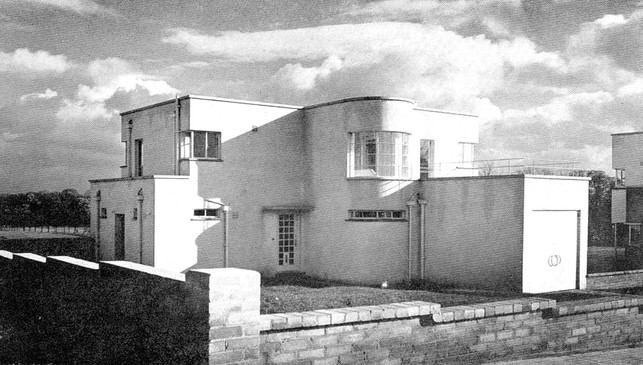
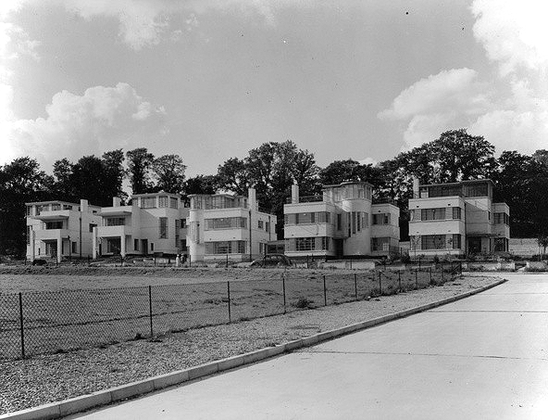
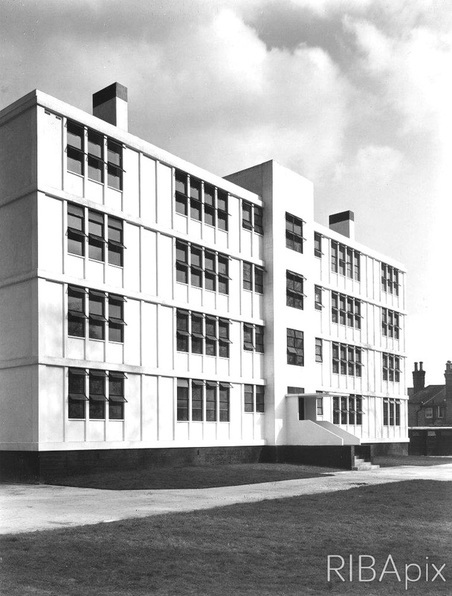
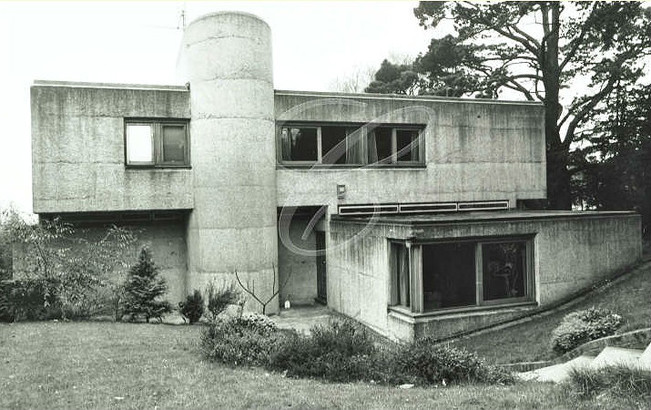

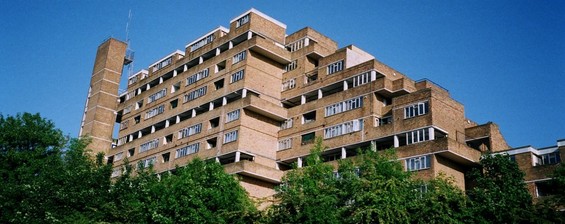
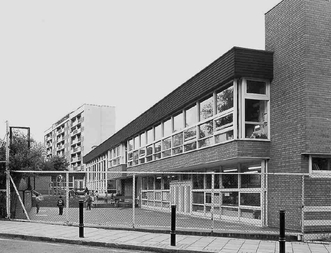
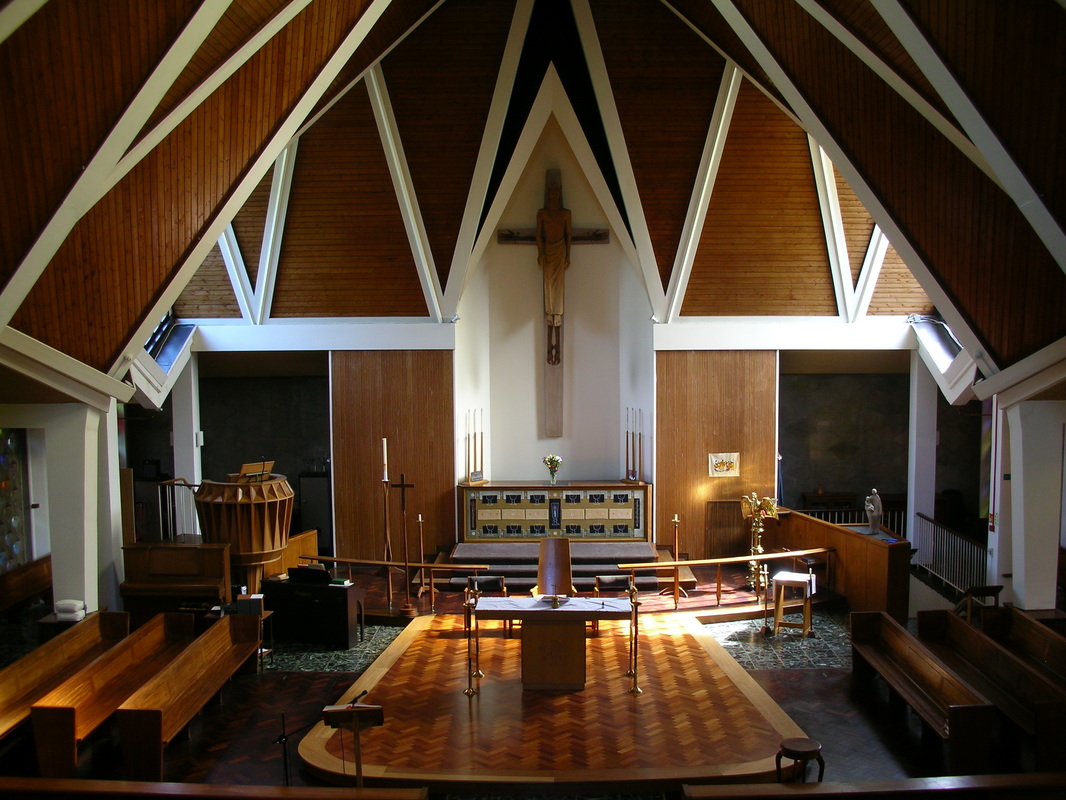
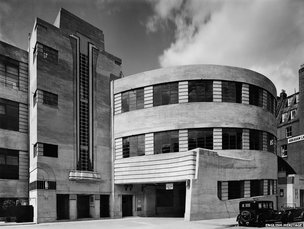
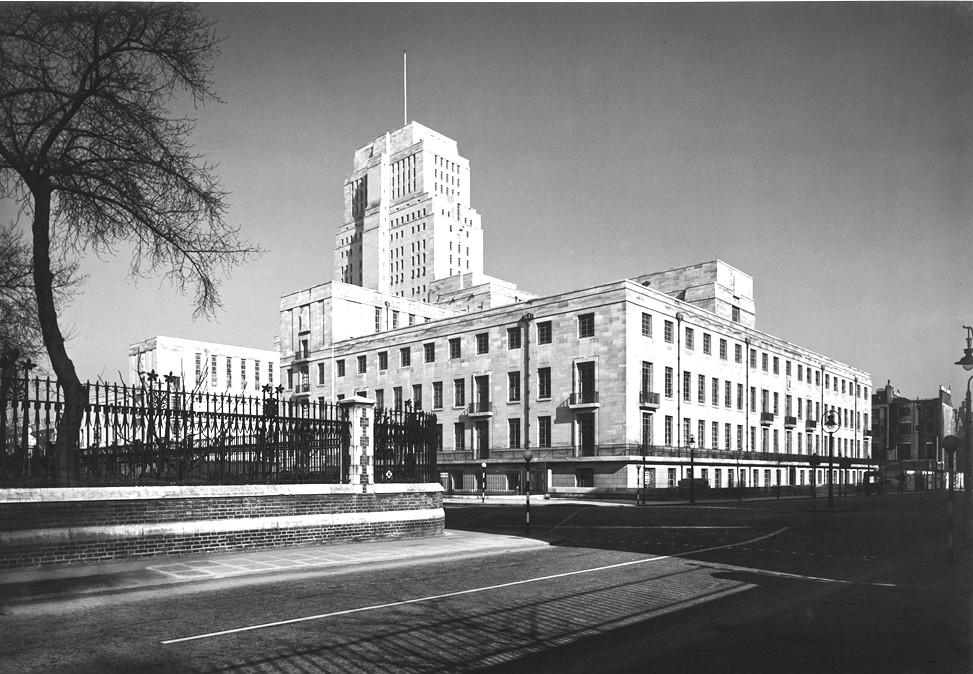

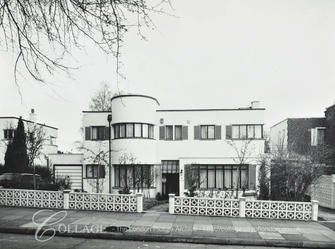
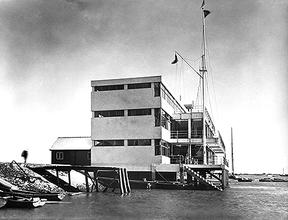
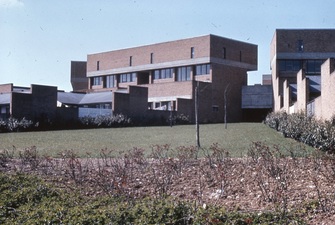
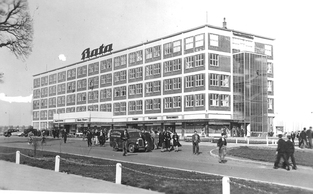
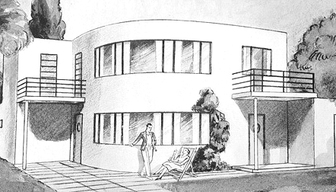
 RSS Feed
RSS Feed